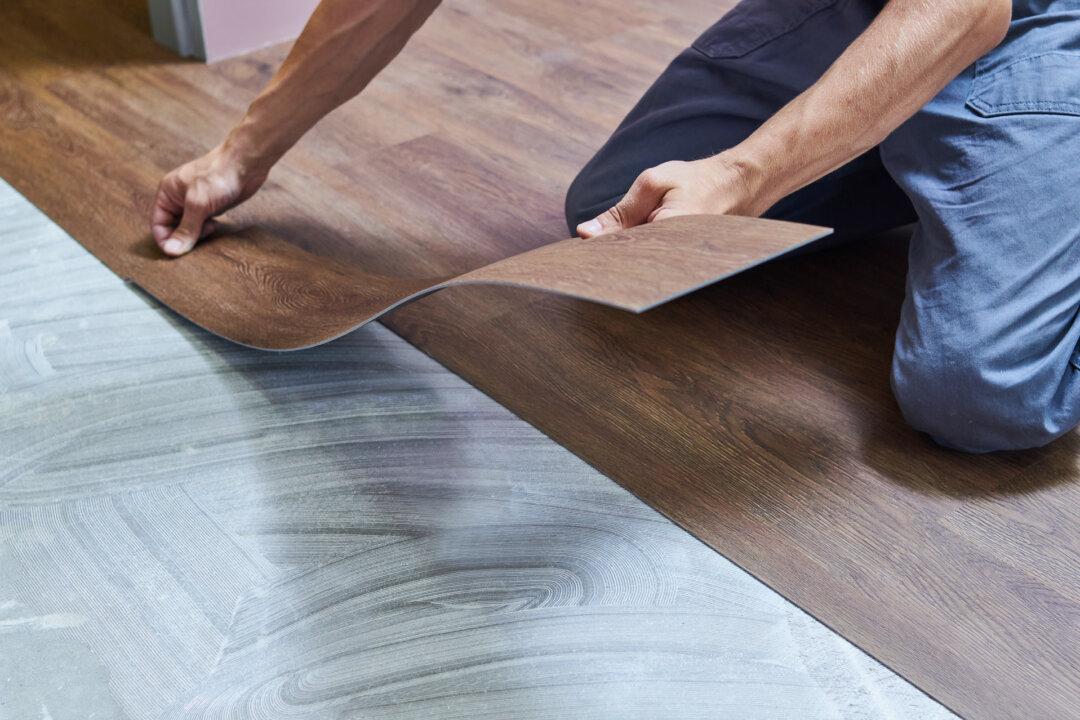Dear James: My existing old double-hung windows still look nice, but they leak outdoor air and are difficult to open and close. What can I do to improve them myself? —Kevin J.
Dear Kevin: If maintained regularly, old double-hung windows can last a lifetime and be energy efficient. When yours were originally designed and built, there was not much concern about energy efficiency. You can make improvements that make them more efficient than when they were brand new.
Many people, even those who can afford new efficient replacement windows, like the appearance of their old windows and choose to repair and improve them instead of replacing them. Others keep the old windows as is and just install interior storm windows for better efficiency. Actually replacing the old windows is the highest-efficiency option.
The first step to improving the old wood windows is to carefully inspect them. Note where they have weatherstripping to seal between adjacent parts. Also note where outdoor air leaks in now and how tight the sashes are in the frames. More modern and efficient weatherstripping can be added without impacting the exterior appearance of the windows.
The old window sashes are easy to remove. Pry the interior stop off of the window frame. This allows the lower sash to be removed from the window frame. Next, pry off the parting bead to free the upper sash. This narrow bead will likely break into several pieces, so plan to clean out its groove and to replace it during reassembly.
Since you mentioned the windows do not open easily, the ropes to the sash counterbalance weights inside the frame pockets are probably broken. There should be two weights on each side. If the ropes are broken, find the access panel on the lower part of the casing. Remove it to find and remove the weights.

Check the condition of the counterweight pulleys at the top of the frame. It might be wise to replace them with new ones that have nylon bushings. Lubricate them well with a spray lubricant. Attach new ropes to the weights, and tack the end of the rope in place before connecting them to the sashes.
If the weights were missing or you prefer to insulate the weight cavities for better wall insulation, installing a spring-loaded counterweight balance is an option. It is small and fits into the weight pocket. Insulation can be sprayed in around it. A thin tape is attached to sashes to support them.
Before you install the sashes back into their channels and reattach the stops, sand any mating wood surfaces smooth to reduce sliding friction. Prime these wood surfaces, and finish coat them with high-gloss exterior enamel for a slick surface. Spraying on a light coating of carbon powder also reduces friction. Install the sashes and fix them in place with the stops.





